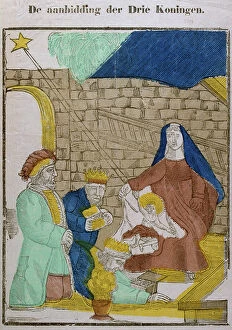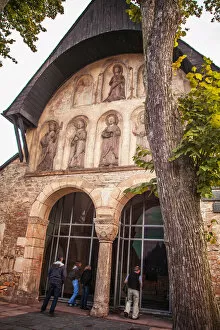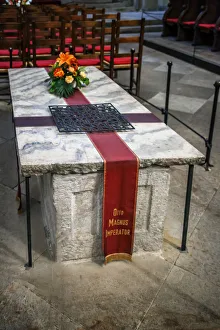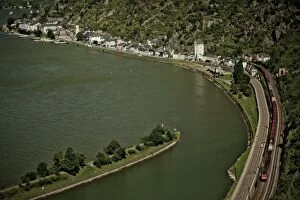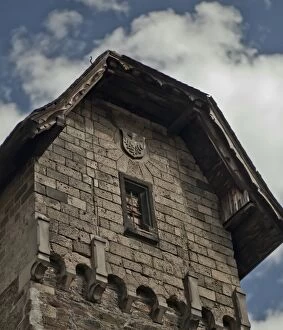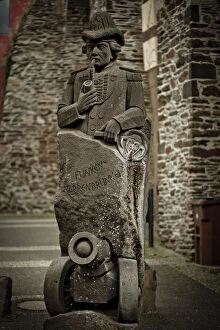German Language Collection
Discover the rich literary legacy and cultural influence of the German language through the enigmatic figure of Franz Kafka
All Professionally Made to Order for Quick Shipping
Discover the rich literary legacy and cultural influence of the German language through the enigmatic figure of Franz Kafka. Known for his thought-provoking works, Kafka's portraits capture the essence of a man whose words continue to resonate today. From his intense gaze in a black and white photograph to an endearing moment with his loyal dog, these images offer glimpses into the life of a literary genius. As we delve deeper into German culture, we encounter historical landmarks like Goslar Cathedral and Otto Magnus' tomb, reminding us of Germany's rich heritage. The Kingdom of Wurttemberg stands as a testament to its past glory, while everyday symbols such as 'Notruf 112' on fire engines highlight Germany's commitment to safety and emergency services. Even in mundane details like signs prohibiting flyposting with barbed wire, we witness how language shapes our surroundings. So immerse yourself in this captivating language that has given birth to great minds like Kafka and explore all that German has to offer.

